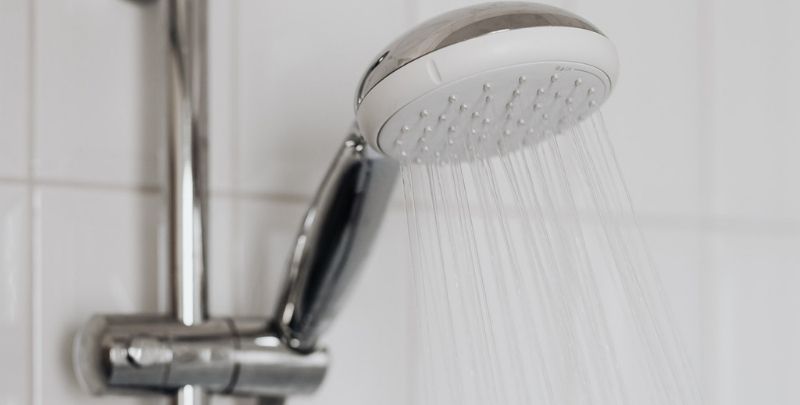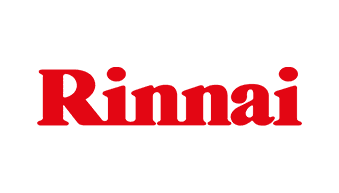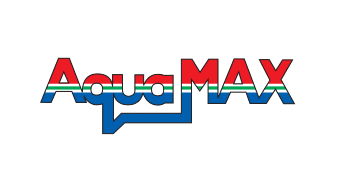
6 Ways to Reduce Hot Water Costs Without the Cold Showers
Ever opened your energy bill only to realise it’s much larger than you were expecting? You’re not alone.
Hot water accounts for 21% of your home’s energy usage, so there are a lot of opportunities to make a saving here. We’ve got six ways to reduce hot water costs in your home, and not one of them asks you to ditch the hot showers.
1. Install Low-flow Shower Heads

You could start saving energy now by taking shorter showers or cutting back on the hot water consumption. There are other ways you can reduce hot water costs, however, and they don’t compromise your comfort.
Conventional shower heads can use upwards of 20 litres of water per minute (L/min). You can reduce your hot water usage by switching over to a low-flow shower head.
Low-flow shower heads commonly use 7.5 L/min, but you can find some that use as little as 5 L/min! The mechanisms behind these shower heads maintain your water pressure.
If you’re like the average Australian who takes a 7 minute hot shower with a ratio of hot to cold water at 70:30, then your shower could be using as much as 105 litres of hot water!
Upgrade to a 7.5 L/min low-flow shower head and you cut average daily hot water use, at least in the shower, down to 36.75 litres. That’s 65% less hot water than a conventional shower head!
2. Reduce Hot Water Usage Around Your Home

We often hear that modern dishwashers and washing machines use less water than if you wash things by hand. While true, there are some caveats to consider and extra steps you can take to save money.
Firstly you should be waiting until you have a full load of laundry or a full dishwasher before setting it. Doing this will ensure you are using less water than if you washed things by hand. It will also help to save on the electricity required to run the machine.
Now that you’ve got a full load to wash, if you want to save more on your energy bills, only use cold water to do your washing. Your clothes and dishes will come out just as clean and all while reducing your hot water use.
3. Install The Right Hot Water System

Are you still using an old electric hot water storage system for your home’s water heating? Electric hot water systems are notoriously inefficient and could be the cause of your high energy bills.
There is a range of alternative options on the market now, including heat pump-powered and solar water heaters. Upgrading to one of the newer hot water systems, such as a solar PV system or heat pump unit, could help cut down your annual energy costs. As long as it meets your household requirements.
The Benefits of an Instant Hot Water System
The most energy-efficient models of gas heating available are instant hot water systems. These heat water on demand rather than heating a whole storage tank regardless of whether you use all the water.
Instant hot water heaters come in both gas and electric models and are typically suitable for any household. In most states, natural gas is the more cost-effective energy source.
There is a slight delay between turning the hot water tap on and for the water to become hot. They also have a limited hot water output and so aren’t the best for big families. While less energy efficient than an instant water heater, modern storage tanks are still a good option for larger homes.
Which Is The More Energy Efficient Water Heating Solution?
In most cases across Australia, heat pumps or a solar hot water system with an electric or gas booster will be the most energy-efficient option. If solar and instant hot water isn’t an option, a gas instant hot water unit is your next choice.
Then you need to consider what size water tank would suit your home. Too large of a tank and you’re wasting energy heating water you won’t use. Too small and you’ll be constantly running out of water and needing to wait for it to heat up again.
Having the right hot water system for your home can go a long way in helping to save money on your hot water usage.
4. Set Your Hot Water System Thermostat Just Right

Next, you should be checking the thermostat. What temperature is it set to?
For a storage tank hot water heater, it should be no lower than 60°C. Any lower and you risk bacteria growing in the the gas hot water tank. If it’s set much higher than this, you’ll be paying more for your hot water usage than you need to.
Instant water heaters can be set at 50°C as water isn’t stored in a tank and so doesn’t run the risk of growing bacteria.
5. Program Your Hot Water System to Heat During Off-peak Times

Running your hot water system off-peak is another great way to save energy and reduce hot water costs. This involves connecting your hot water tank to its own dedicated circuit that is billed at off-peak prices.
Energy suppliers charge off-peak rates to incentivise consumers to make the switch and take pressure off the system during high demand times.
Off-peak heating typically occurs outside of 4pm – 8pm, when energy demands are at their greatest. Your water is heated overnight using a cheaper energy tariff.
The main downside to this is heat loss from the tank during the day. This is especially bad for homes with a small hot water tank and little insulation.
If you can’t use off-peak electricity, you could alternatively set up a timer to turn your water heater on and off at set times.
6. Hot Water Systems Benefit From Maintenance

Over time, your hot water heater will inevitably become less efficient with general wear and tear. Having a qualified plumber out annually for a water heater service will help to maintain its efficiency and keep your energy costs lower for longer.
It will also help you identify faulty parts before they completely break down which could leave you without hot water completely.
While there are more ways to save on your hot water bill, these tips will go a long way in reducing your hot water costs. When the time comes to upgrade your hot water system or you need it serviced, Metropolitan Plumbing has hot water experts for same day service, even within the hour*!
Published: 2021-04-06

















